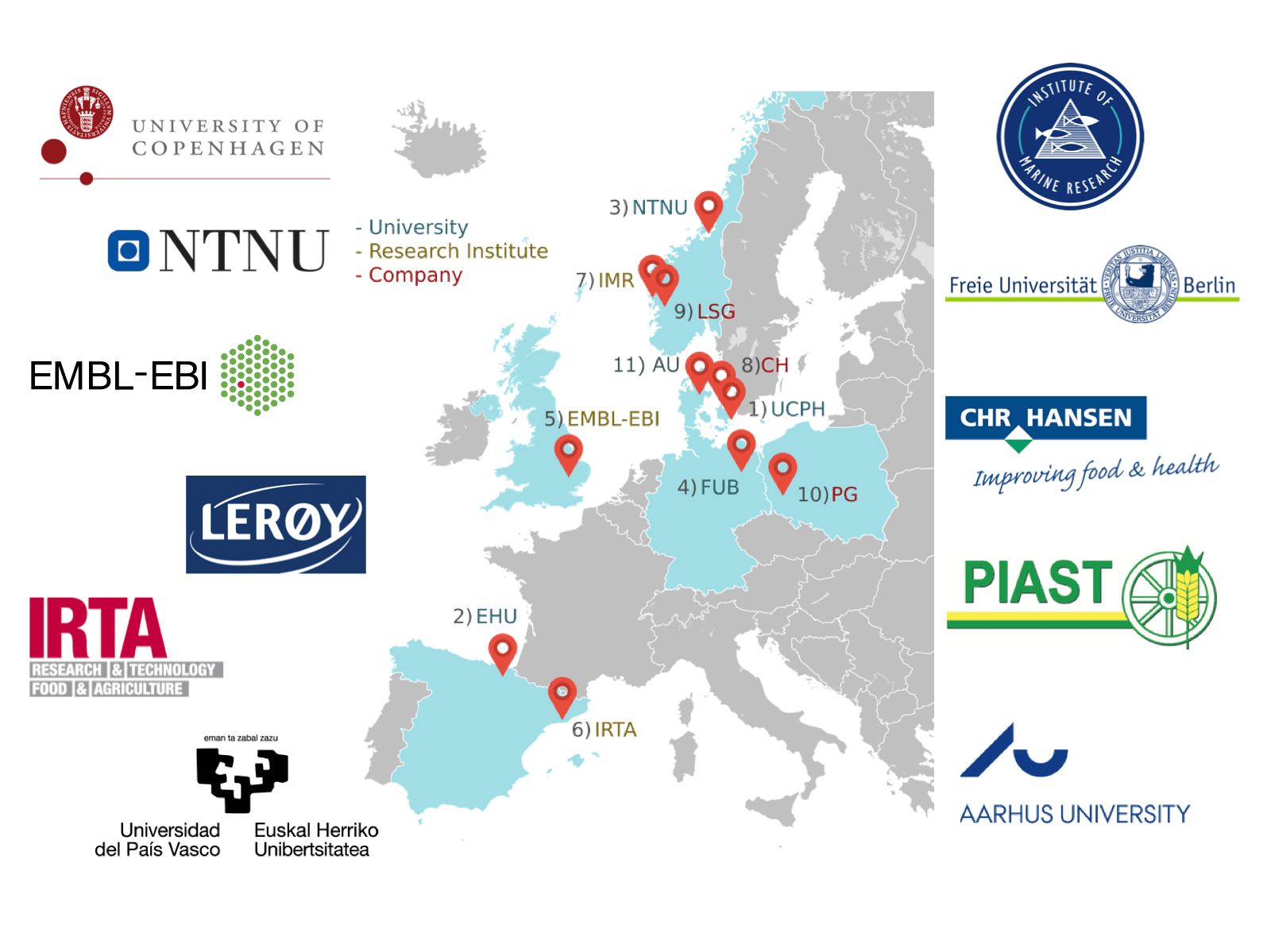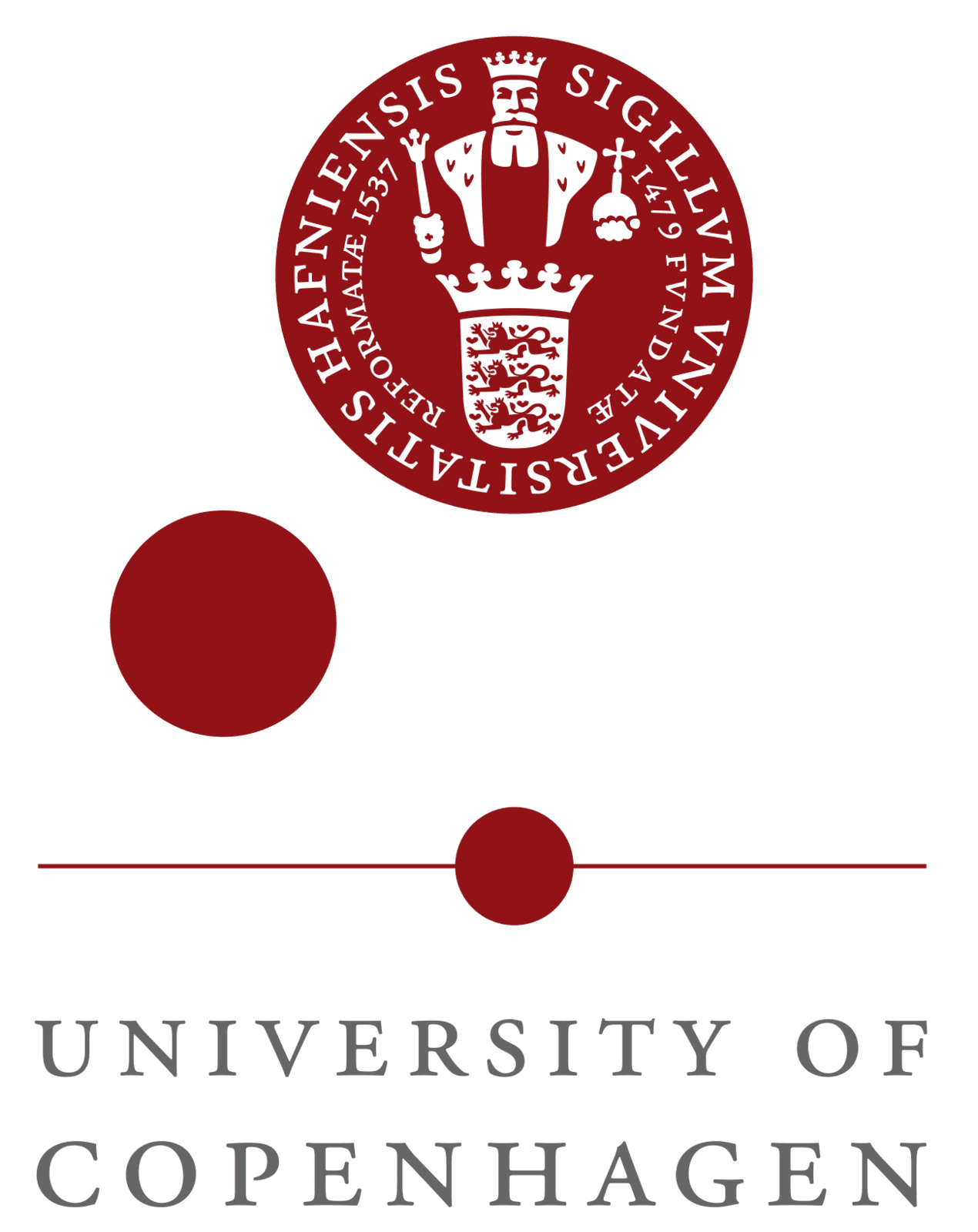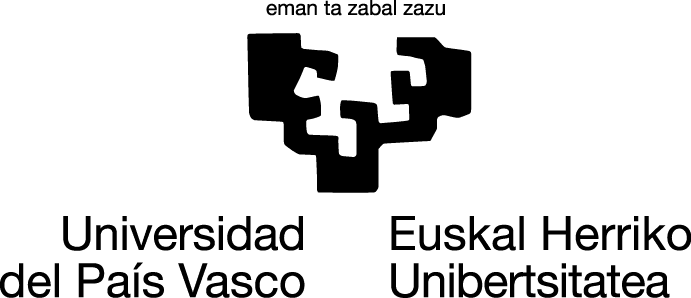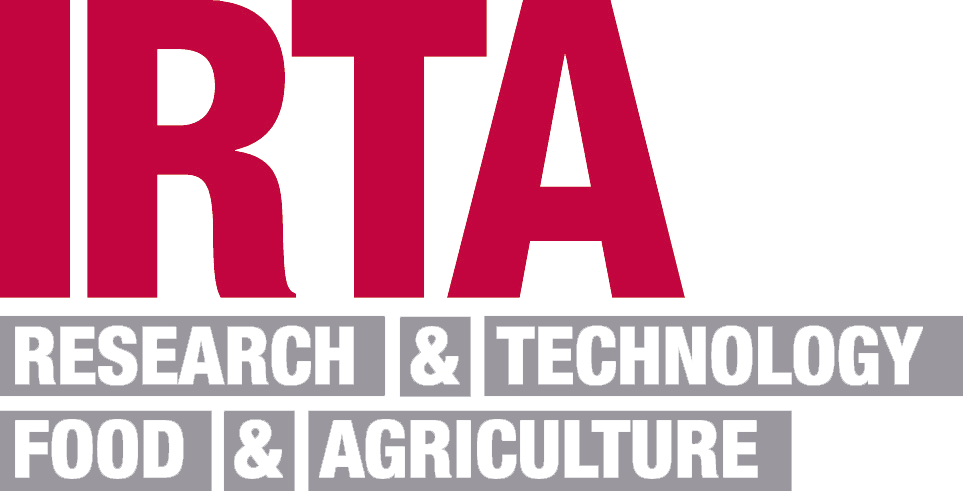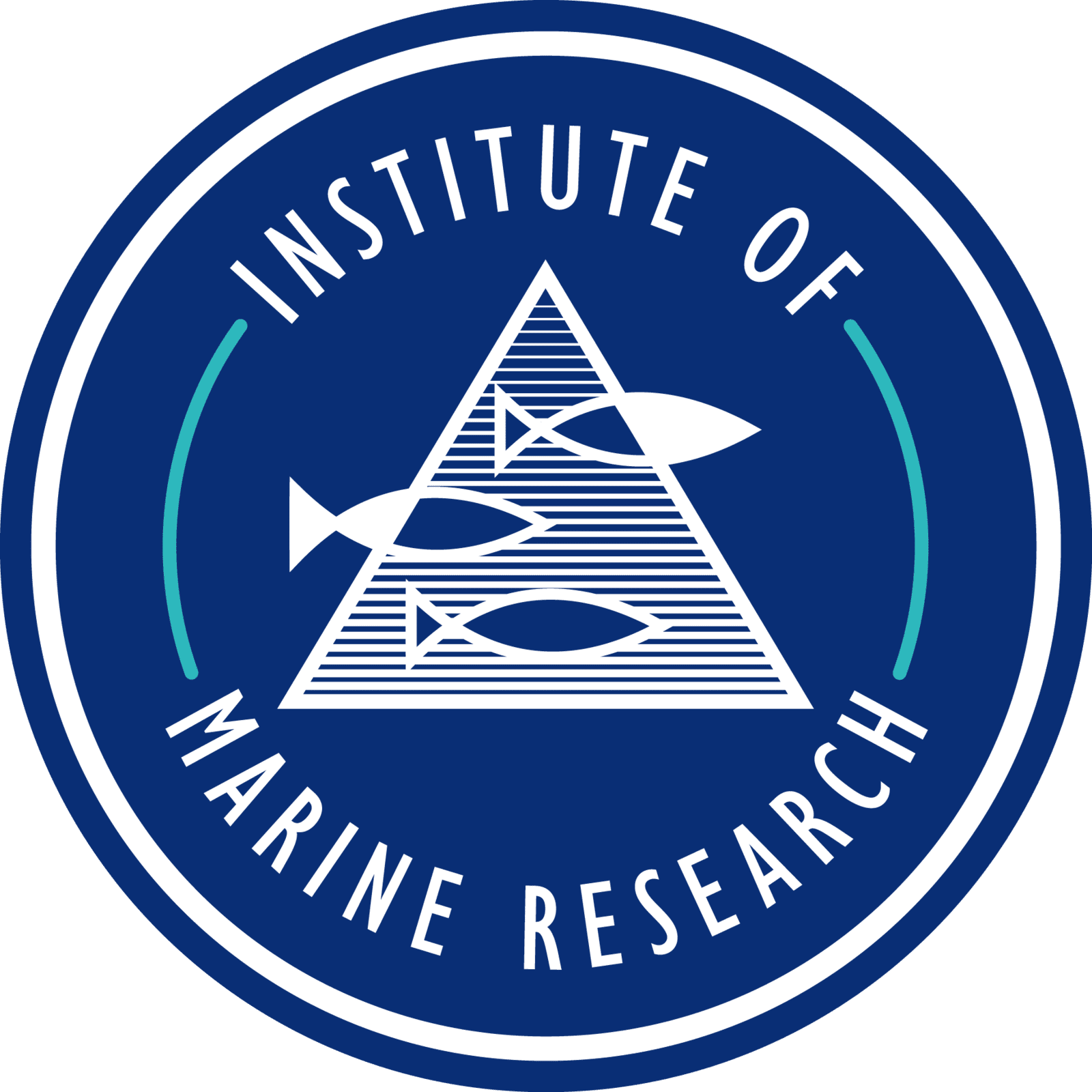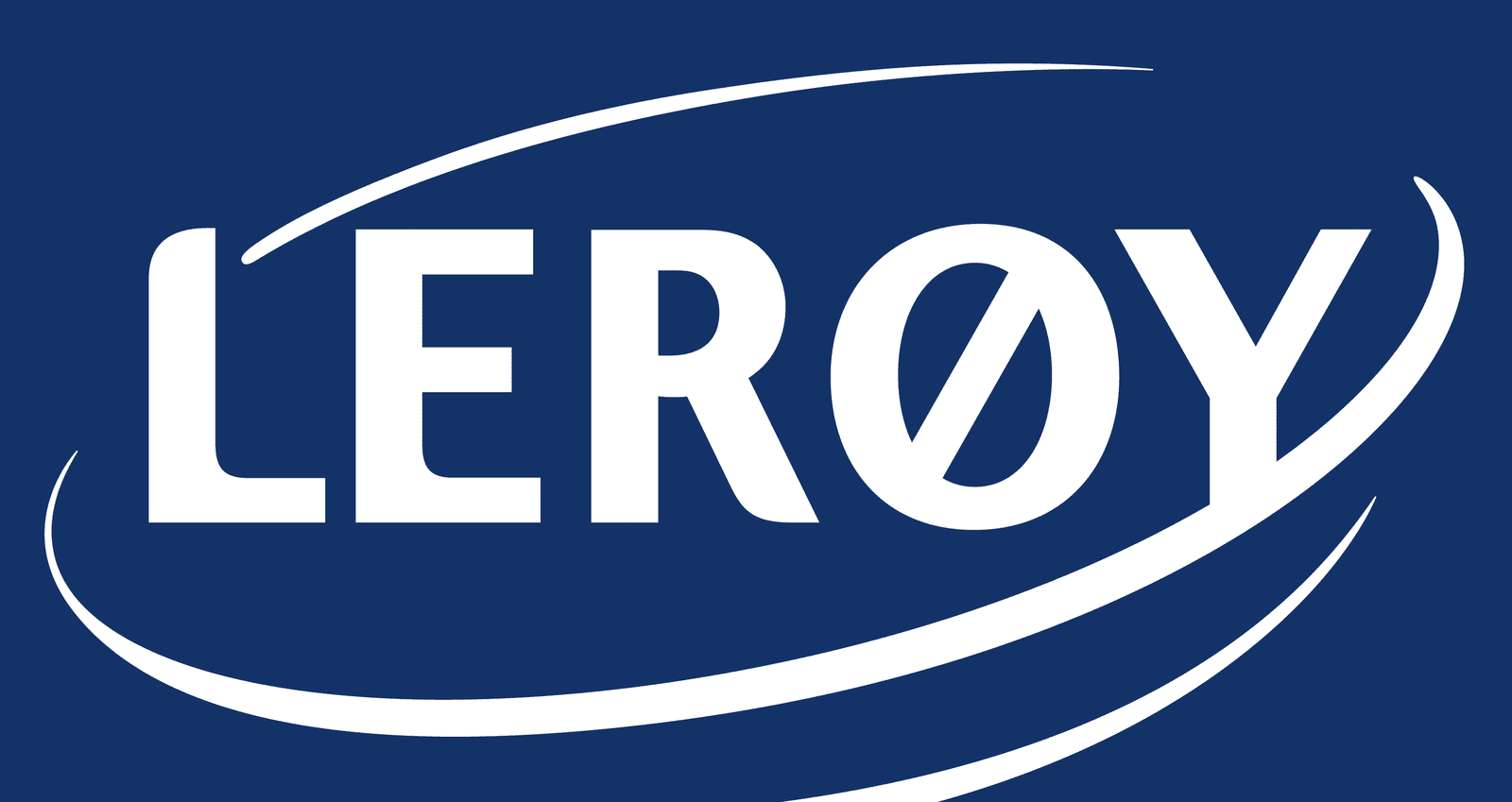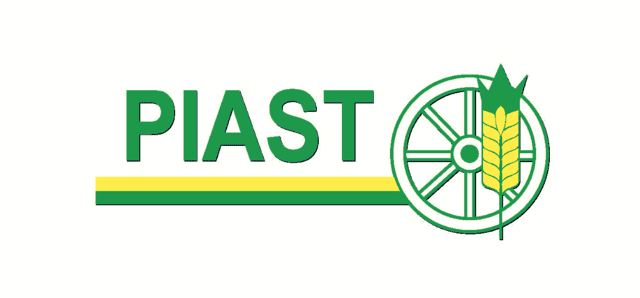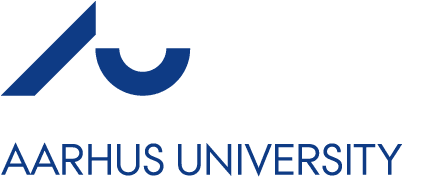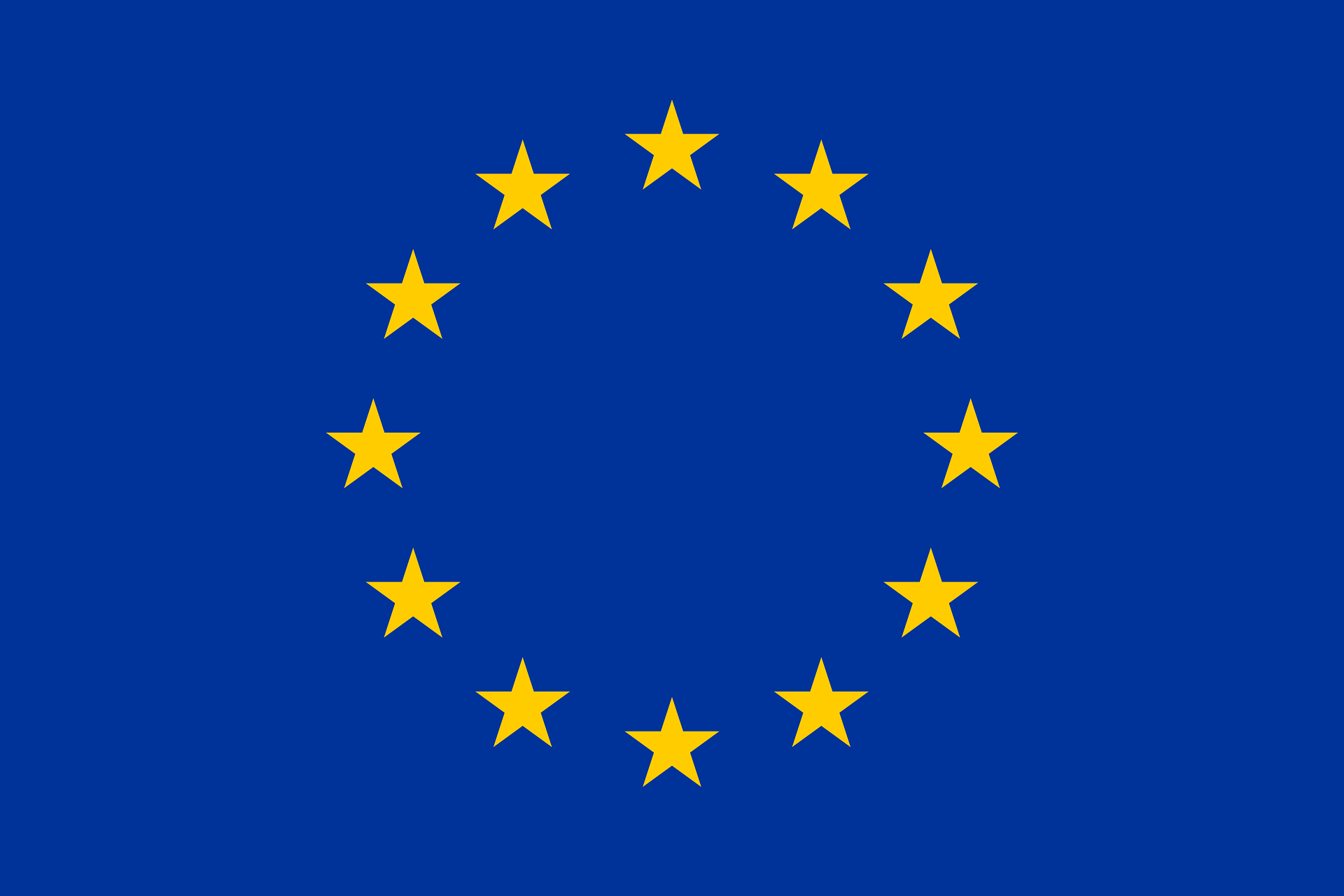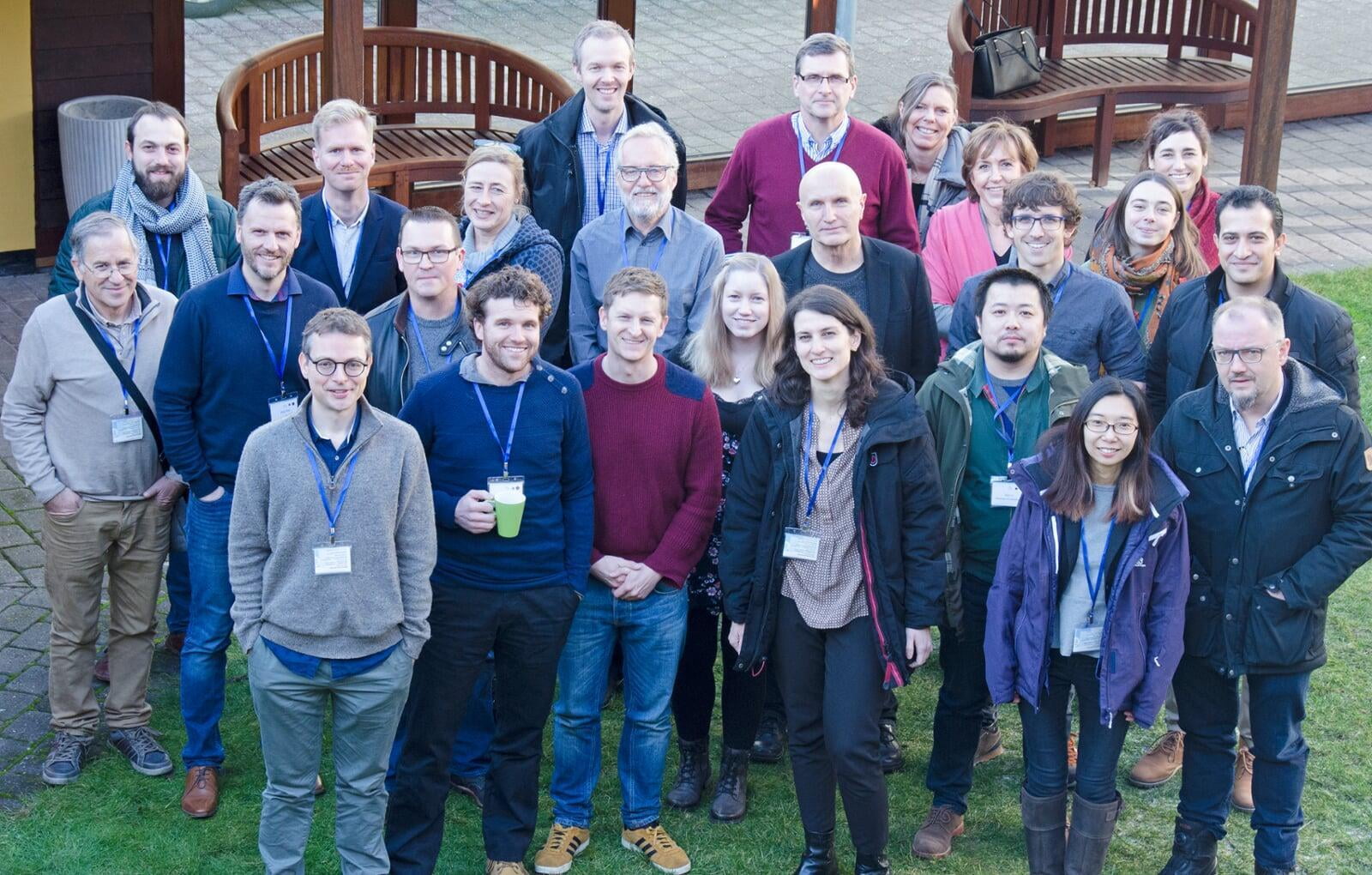
HoloFood - A Horizon 2020 Innovation Action
The HoloFood consortium consists of 11 partners across 6 countries. We are a mix of academic institutions, research centres and industry representatives. Our Work Packages are built dynamically and cohesively together with the ultimate goal of creating a Holo-omic solution for sustainable food production.
